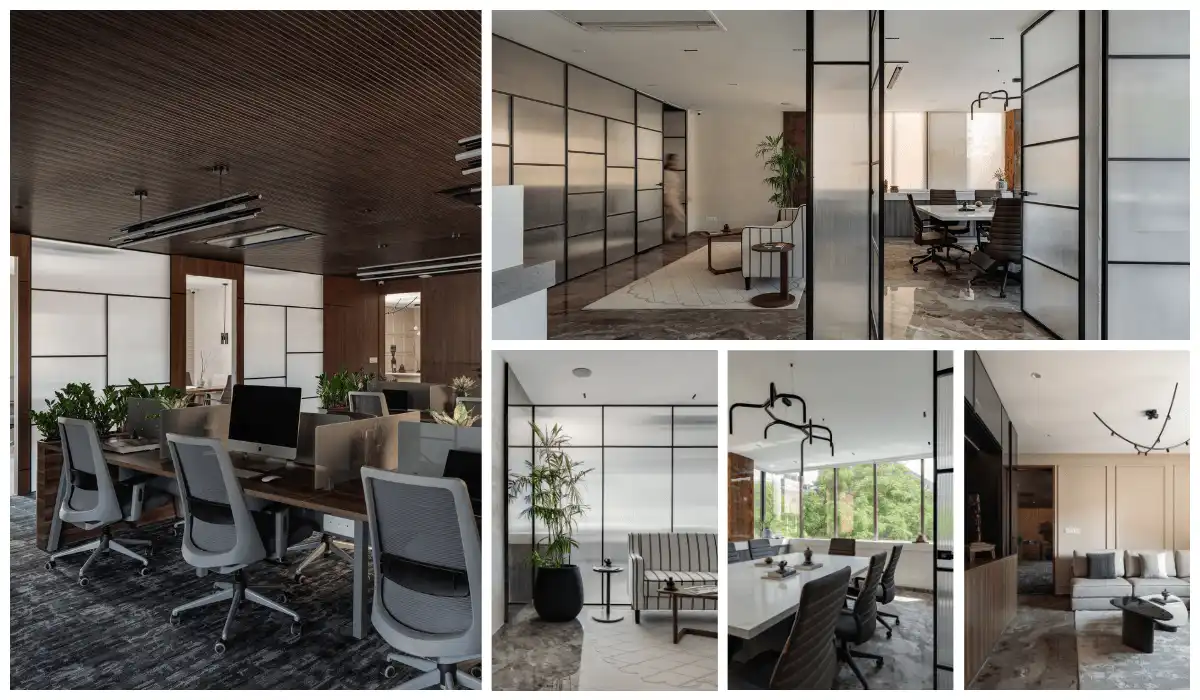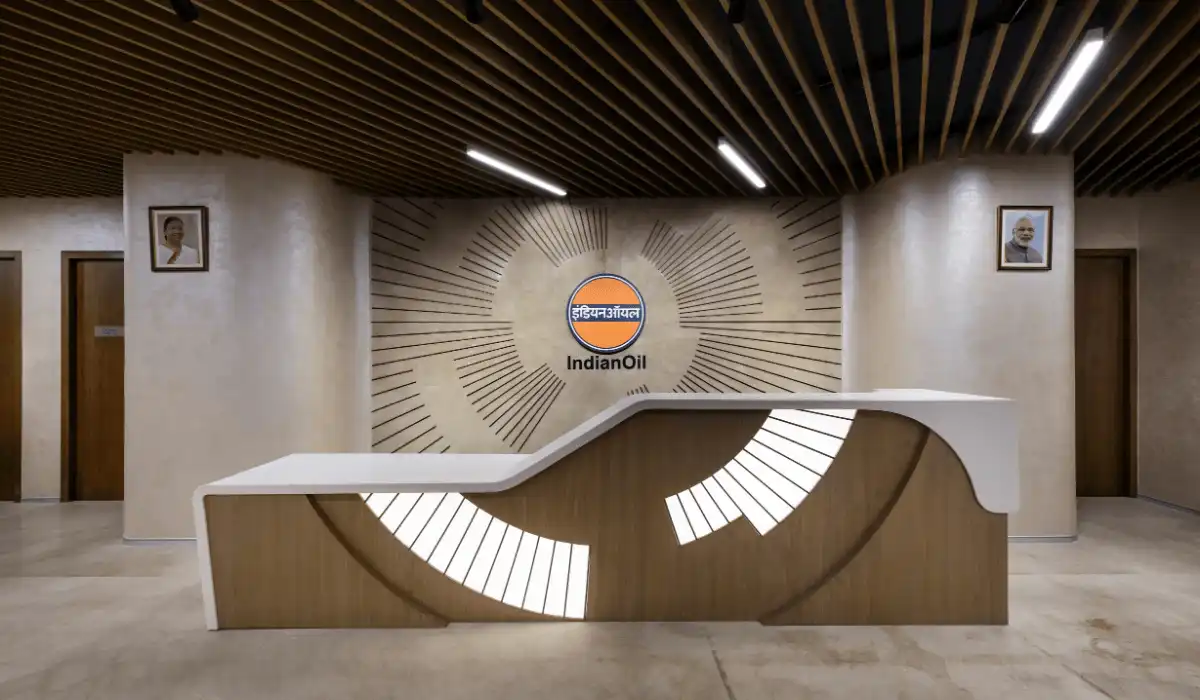The White Flower Hall at the Mann School fosters learning, engagement and growth. Educational Institutions have shifted from being dull and dreary to breaking new grounds with an aim towards learning in a welcoming and uplifting environment. The Girls’ hostel at The Mann School structures around the importance of providing facilities to foster learning and development at a home-away-from-home. Built within the existing school complex in Delhi, the hostel is designed by Envisage, co-founded by Meena Murthy Kakkar and Vishal Kakkar. The hostel block caters to girls of grade 1-12 with a safe environment, functional requirements and a myriad of outdoor spaces.
Design Philosophy
The age of the users play an essential role in any architectural project. Meena and Vishal express “As a child, a space needs to excite and constantly engage with them, while as an adult, a space needs to calm one down and provide a respite to the heavy mental activity within.” Acknowledging the sensitivity of children, the architects designed the hostel block to accommodate an increasing number of students and their requirements.
Design Concept and Site Context
The design positions the hostel between the executive block and the senior academic wing. “The crucial part of design is its surrounding context and the decision to take it forward or break away from it. Followed by the extent of deviation to ensure a balance with the vignette around” says Meena and Vishal. Sustaining the existing campus colour scheme of red and grey, brick became the material of choice for the facade, to blend the new building seamlessly with its surroundings. The colours of the elevation, counter and compliment each other. The lush greenery in the front extends over the building to minimise the visual impact of the building on the site. Hence, the design team installed metal jaalis on the facade to enable climbers to grow over the same.

Spatial Organisation
The hostel building houses dormitories for grade 1-12, a study hall, and common recreational areas like a games and television room, a computer room, and a salon. The design prioritises outdoor spaces like gardens, terraces and green pockets within the block. Envisage planned residential facilities for younger students (grade 1-4) on the ground floor to ensure safety. The dining area, parent’s lounge, and recreational spaces like the indoor play area are also located on the ground floor. The first and second floors are occupied by dormitories for older students with individual beds and study areas. The dormitory design ensures optimal ingress of daylight and ventilation for each child with windows along the custom-designed bunk beds. The design positions the infirmary and the salon on the first floor, making the hostel self-sufficient.
The hostel block caters to girls of grade 1-12 with a safe environment, functional requirements and a myriad of outdoor spaces.


The hostel overlooks a central courtyard, with widened corridors to accommodate seating spaces for children. All the activity areas like the common room, computer lab, and the games room accommodated in the basement around the courtyard and the sunken amphitheatre, make it a lively zone in the building. The amphitheatre acts as a meeting point for celebrations and get-togethers. Considering safety as a crucial design factor, the warden’s residence, planned within the building overlooks the central courtyard from her living room while retaining a sense of privacy. Also, the design incorporates other precautionary measures. These include limited entry-exit points, metal-grills on windows, and intersecting wires between handrails and ceiling.
Climate Responsive Design
The site is placed at the NSEW orientation, with the wind direction of Delhi being NE-SW. Driven by sustainability, the design team installed solar panels on the terrace. The central courtyard, aligned in the NW-SE direction, catches the south-westerly winds during monsoon ensuring ventilation throughout the building. Meena and Vishal voices “We created a central spine in the building and aligned it diagonally to channel natural wind inside, cool the building and keep the courtyard functioning. To avoid sharp angles, we gave the diagonal a bend, creating semi-covered expansive spaces instead of corners to accommodate interaction zones in them. The rooms are thus rectangular from within.”


We created a central spine in the building and aligned it diagonally to channel natural wind inside, cool the building and keep the courtyard functioning.
Climate Responsive Construction Techniques
The design team builds the S-W walls of the building with rattrap bonds (vertical placement of bricks creating a cavity) to provide thermal comfort. Mud phuska (compacted soil with hay) is used to reduce inlet of heat by almost 70%. The design team obtains bricks from local kilns to reduce carbon footprint. The building design incorporates low-maintenance and affordable finishes. All the excavated earth from the basement is used to level and create mounds in the garden in front of the girl’s hostel. The design team uses the debris that came out of the construction material to make roads and footpaths of the school. Timber from on-site withering trees was used to manufacture doors for the building. Additionally, rainwater is harvested from the 650 sq. m. terrace into two pits through a series of drains and used for horticulture and flushing.


The hostel pursues the legacy of the school ethos with openness and continuity. This second home for girls adheres to a humane design approach providing them with safety, freedom to interact, engagement and growth.
Envisage
Visit: envisageprojects.in
Email: info@envisageprojects.in
Contact: +91-9810148300
Photo Credits: Suryan//dang
Biltrax Construction Data is tracking 17000+ projects on its technology platform for its Clients. Email contact@biltrax.com to subscribe and generate business leads.
Discover more from Biltrax Media, A Biltrax Group venture
Subscribe to get the latest posts sent to your email.


































